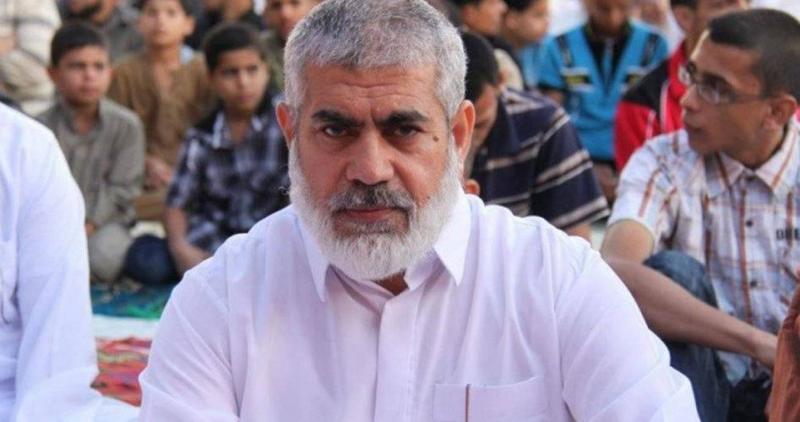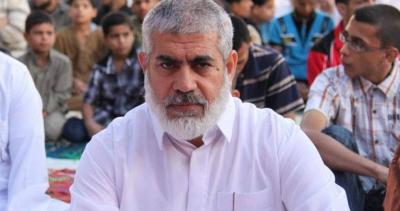Sources close to Hamas have revealed that Israel succeeded in assassinating two members of the movement's political bureau, along with three military leaders who were with them, in an underground tunnel in Gaza City. The individuals killed were identified as Rouhi Mushtahe and Samih Al-Saraj, both members of Hamas's political bureau. Additionally, the military leaders from the Izz ad-Din al-Qassam Brigades, the military wing of Hamas, who were killed in the same airstrike include Abd al-Hadi Sayyam, one of the intelligence leaders in the Gaza Brigade and operations head for some time, as well as Sami Ouda, a leader of the public security apparatus linked to Hamas's political level, which is distinct from the Qassam Brigade's intelligence service and the government internal security. Also killed was Muhammad Hadeed, a leader in the rocket unit of the Gaza Brigade.
Sources informed Al-Sharq Al-Awsat that an Israeli aircraft targeted an area near the industrial zone southwest of Gaza City over a week and a half ago, where a tunnel was located, resulting in its collapse on those inside. The sources noted that the tunnel had been partially damaged at the beginning of the current conflict and had undergone some repairs, after which the mentioned leaders had relocated there about a month and a half ago due to the increased Israeli airstrikes in various parts of the strip, particularly Gaza City, which has witnessed a series of assassinations of field leaders and the destruction of shelters.
**Search for Survivors**
The tunnel served as a command and control center, equipped with sleeping quarters suitable for long-term occupancy. Despite previous bombardments, security conditions compelled Qassam members to partially repair it in an attempt to secure the political and military leadership within. Since the tunnel's bombing, there have been persistent attempts to rescue those trapped inside, but no group has been able to do so. Four members of the Qassam Brigades were tasked with entering the tunnel post-strike to search for survivors or at least ascertain the fate of those inside; however, they perished due to the toxic fumes resulting from the Israeli missiles. Subsequently, another four members were dispatched to the site, where they discovered the bodies of their fallen peers and the Hamas leaders, leading to the retrieval operation that lasted several days. The sources pointed out that Mushtahe, Al-Saraj, and the military and security leaders who were with them were buried on Thursday evening.
**Close to Sinwar**
With Mushtahe's assassination, Yahya Sinwar, head of Hamas in the Gaza Strip, lost a very close associate, particularly as they spent many years together in Israeli prisons and were both freed in the 2011 prisoner exchange related to soldier Gilad Shalit. They participated in Hamas's internal elections, becoming leaders in the organization and overseeing many of its components, alongside their special relationship with Mohammed Deif and the Qassam leadership.
Samih Al-Saraj is noted as a rarely seen media figure but is a prominent personality in Hamas, considered part of the second generation who experienced the movement's emergence and development. He has been a political bureau member for three election cycles, known for his significant security influence and role in managing various financial matters.
Ezzat al-Rashq, a member of Hamas’s political bureau and in charge of its media affairs, stated that confirming or denying the death of any Qassam leaders is a matter reserved for the leadership of the brigades and the movement. He added that unless either leadership announces it, no news published in media or by other parties can be confirmed. Al-Rashq was responding to Israeli claims about successfully assassinating Qassam leader Mohammed Deif in an airstrike in Khan Younis.




